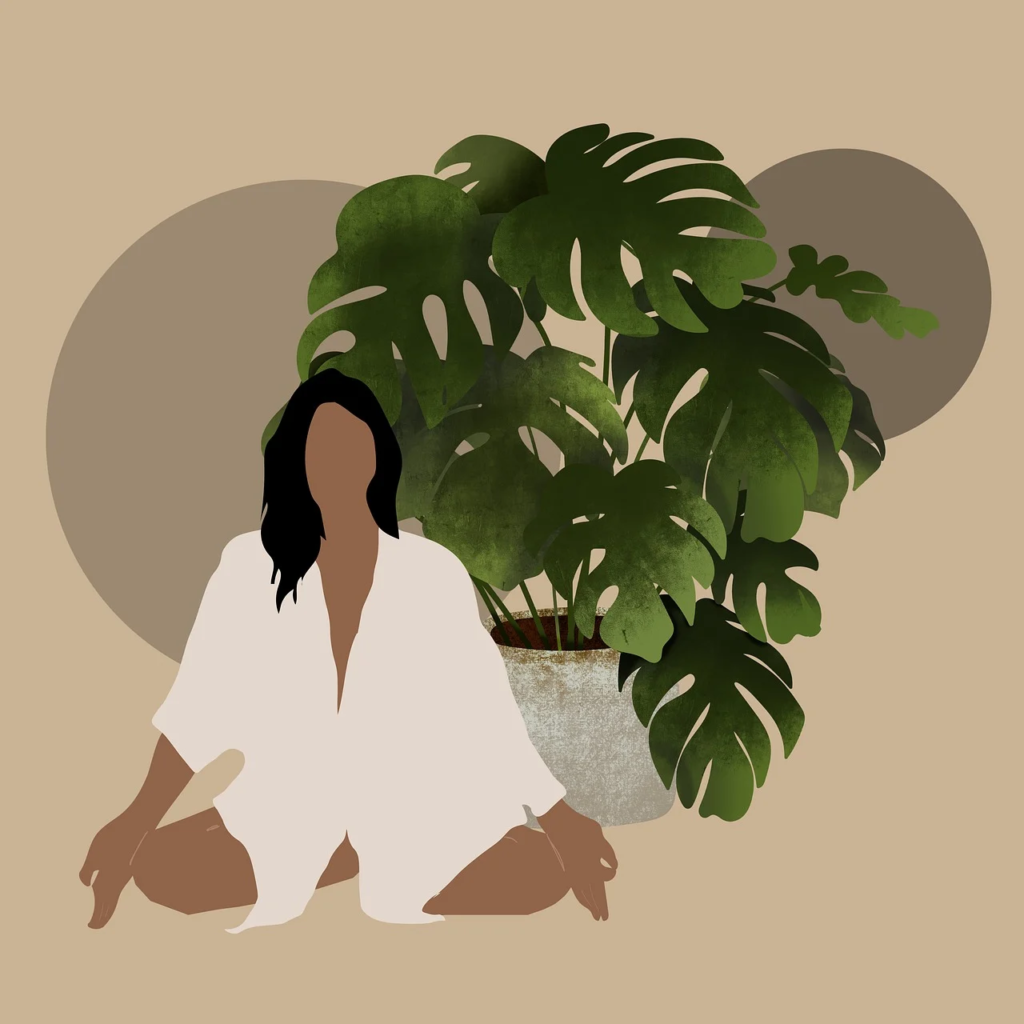Burnout is more than just feeling tired; it’s a state of emotional, mental, and often physical exhaustion caused by prolonged stress. Recognising burnout and taking steps to address it is essential for maintaining your overall wellbeing.
One effective way to combat burnout is by incorporating relaxation techniques into your daily routine. These methods can help you manage stress and restore your sense of calm. Here are six relaxation techniques to help reduce burnout:
1. Breath Focus
Breath focus is a simple yet powerful relaxation technique. It involves taking long, slow, deep breaths, also known as abdominal or belly breathing. As you breathe deeply, you allow your mind to disengage from distracting thoughts and sensations. This method can be particularly helpful in calming your mind and reducing stress. To practice breath focus, sit comfortably, close your eyes, and concentrate on your breath, feeling your abdomen rise and fall with each inhale and exhale.
2. Body Scan
The body scan technique combines breath focus with progressive muscle relaxation. Begin with a few minutes of deep breathing, then systematically focus on different parts of your body, from your toes to your head, mentally releasing any tension you feel in each area. This practice enhances your awareness of the mind-body connection and helps you identify and release physical stress. It’s a gentle way to unwind and reconnect with your body.
3. Guided Imagery
Guided imagery involves conjuring up soothing scenes, places, or experiences in your mind to help you relax and focus. You can use free apps or online recordings of calming scenes to guide you. Choose imagery that has personal significance and makes you feel at ease. This technique can help you create a mental escape from stress and reinforce a positive vision of yourself. It’s a lovely way to tap into your imagination and find tranquillity.

4. Mindfulness Meditation
Mindfulness meditation is about bringing your mind’s attention to the present moment without drifting into worries about the past or future. Sit comfortably, focus on your breathing, and gently bring your thoughts back to the present whenever they wander. This form of meditation has gained popularity for its effectiveness in reducing anxiety, depression, and pain. Regular practice can enhance your emotional resilience and provide a profound sense of calm.
5. Yoga, Tai Chi, and Qigong
These ancient practices combine rhythmic breathing with a series of postures or flowing movements. The physical aspects of yoga, tai chi, and qigong offer a mental focus that can distract you from racing thoughts, while also enhancing flexibility and balance. If you’re new to these practices, start with beginner classes and consult your doctor if you have any health concerns. These practices not only reduce stress but also promote physical health.

6. Repetitive Prayer
For those who find comfort in spirituality or religion, repetitive prayer can be a meaningful relaxation technique. Silently repeat a short prayer or phrase while practising breath focus. This method can help you feel grounded and connected, offering both spiritual and emotional solace. It’s a beautiful way to integrate your faith into your relaxation routine.
Finding What Works Best for You
Rather than sticking to just one technique, try sampling several to see which works best for you. Aim to practice for at least 20 minutes a day, although even a few minutes can help. The more regularly you practice these relaxation techniques, the greater the benefits you’ll experience. Over time, you’ll build a reservoir of inner calm that you can draw upon whenever stress arises.

Conclusion
Reducing burnout requires a proactive approach to managing stress and maintaining balance in your life. By incorporating these relaxation techniques into your daily routine, you can create a sanctuary of calm amidst the chaos. Remember, taking time for yourself is not a luxury but a necessity for your mental and emotional health. You deserve to feel relaxed, rejuvenated, and ready to face life’s challenges with resilience and grace.
Source

